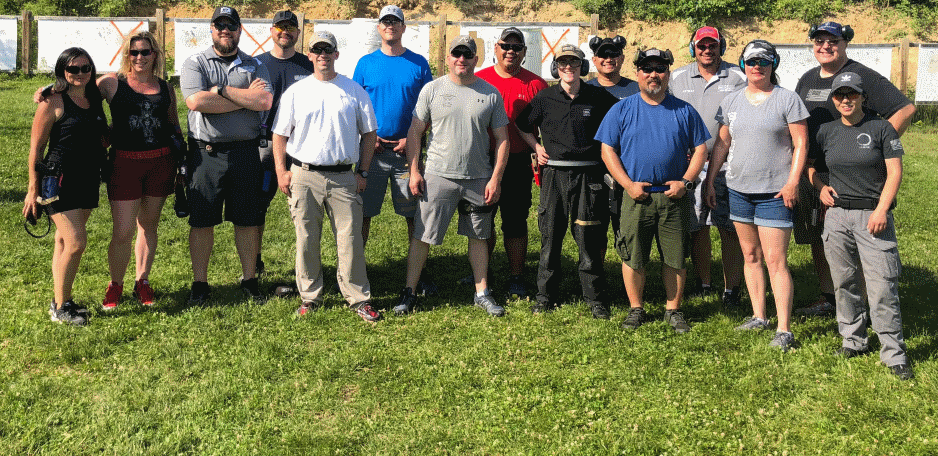This week we address a viewer question about whether it is better to draw on an easy or difficult target first. I've been told through the years (and probably even told others) that it's best to draw onto an easy target first although I don't really know why. Obviously we've seen from prior videos that the best way to determine the proper course of action is to shoot it yourself with a timer.
For this drill we set up two paper targets with a white paper target in the center that was about 3 or 4 inches wide to simulate a mini popper. On the buzzer we alternated shooting the "popper" first and shooting the open target first. In both cases we had to move to another shooting area before engaging the third target. We ran this in both directions and also with a reload during the movement.
What we saw on the clock surprised me a bit, although after our first three weeks of drill videos I guess it shouldn't have. Drawing on the steel was always faster. It was especially faster if you got your feet moving while shooting the paper target after engaging the steel. Shooting the steel second also ran into a few other problems. On both of my first two runs on video I had marginal edge hits on the steel which may or may not have knocked it down. Hitting it and hearing the ding and then immediately leaving would have been disaster in a match had the popper remained standing.
editor's note: we apologize for the poor audio and audio sync issues on this video. The HVAC system on the indoor range was much louder on video than anticipated.
direct link for mobile users HERE
For this drill we set up two paper targets with a white paper target in the center that was about 3 or 4 inches wide to simulate a mini popper. On the buzzer we alternated shooting the "popper" first and shooting the open target first. In both cases we had to move to another shooting area before engaging the third target. We ran this in both directions and also with a reload during the movement.
What we saw on the clock surprised me a bit, although after our first three weeks of drill videos I guess it shouldn't have. Drawing on the steel was always faster. It was especially faster if you got your feet moving while shooting the paper target after engaging the steel. Shooting the steel second also ran into a few other problems. On both of my first two runs on video I had marginal edge hits on the steel which may or may not have knocked it down. Hitting it and hearing the ding and then immediately leaving would have been disaster in a match had the popper remained standing.
editor's note: we apologize for the poor audio and audio sync issues on this video. The HVAC system on the indoor range was much louder on video than anticipated.
direct link for mobile users HERE














